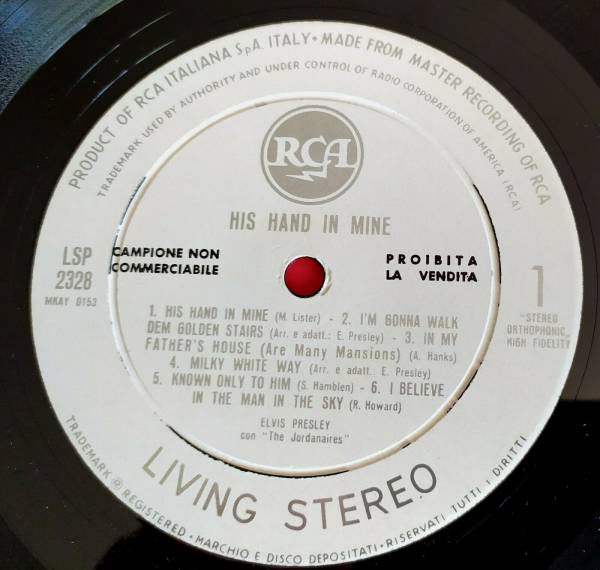
As a result, my diet resembled that of someone overcoming scurvy. Fletcher Allen denied my request for an IV pumping orange juice through my veins.

I had been living on Echinacea and Vitamin C. I admit my own energy was lacking as some nasty sickness rocked my head like a wrecking ball against concrete. It wasn’t what I expected from the former members of the Rustic Overtones, being a huge fan of their release “Viva Nueva” in 2001. Another drunken anthem included the lyrics, “We all got wasted, we got fucked up and wasted…” and the band paused to take shots during the chorus. Opener Paranoid Social Club encouraged a small mosh pit with their hard-rocking songs, such as one ironic tune about committing acts of violence toward a loved one. Or perhaps the aftertaste of past decades, still strong in the older concertgoers, found its way into the bodies of my generation. It seemed as if the youth vigor was rubbing off on the adults. The staff was kind and welcoming, and the atmosphere was ripe with vibrations from a diverse crowd: a mix of students and parents. It was my first experience there and it was impressive. I preferred the new Higher Ground as a venue. Lawrence University in a tiny coffee shop crammed with twisted college kids chewing mushrooms, and the second was at Northern Lights in Clifton Park, New York. I still felt those reverberating vocals swimming through me.

John Brown’s Body (JBB) played one mean set of some of their best reggae tracks. You tell me if it’s worth it.I woke up on Friday and looked at my hands, still marked with the Higher Ground under-21 “X.” Scratching my head released the stale smoke locked in my hair and now my dreams were fading. But the sound! Oooooh, yeah! This isn’t sales hype, it’s physics. It’s enough to make the bean-counters break down and cry. What do you do about that? (Hint: split up the LP into 4 sides on 2 records.) Now you’re cookin’ doc! Yep, twice the mastering cost, plating cost, pressing cost, label and jacket costs. The only problem is that the amount of recorded time is now also reduced by 35%. This is a huge advantage! Yes, the groove still slows down as it moves inward, but the effects are greatly reduced. This isn’t always possible, of course.īUT, if we spin the disk at 45rpm we now have a 35% increase in groove velocity at any point on the disk. And, if possible, make the record short enough to keep the music away from the very end of the disk. Play the record back with an elliptical or line-contact stylus that has a smaller tip radius. Keep the recorded volume to a reasonable level (read: On scale on the meters) is the first thing. What can be done about it? Many things have been tried, but there is no “magic bullet”. The problems start when the curvature of the groove equals or exceeds the diameter of the playback stylus. The result is actually a loss in high frequencies, and increase in distortion as the groove moves to the center. That 1.8 seconds at a 12” diameter is covering a lot more territory than at the minimum 4.75” diameter. Yes, it is still turning at 33 1/3 revolutions per minute, but consider: one revolution takes 1.8 seconds. Curvature isn’t usually a problem, per se, on the outside of a 12” 33 1/3 record, but as the groove moves toward the center, its relative speed slows down and curvature increases. Why 45, you ask? Because it sounds better! In record mastering, the higher the recorded level and frequency, the greater the groove curvature. 180 gram virgin vinyl pressings were the next development, and last but not least, around the late 70s, 45 rpm 12” LPs started to appear.

Digital computers arrived on the scene in their best role: Out of the audio chain, but doing machine-control to adjust the groove spacing on the record for maximum playing time and recorded volume. The most unfortunate thing about the LP is that it was really starting to flourish back in the mid 80s, just as the record companies tried to kill it.Īdvances in cutterheads (the device that etches the groove in the master lacquer disk) and cutting electronics reached a pinnacle in the early 80s. It has a solid, palpable, satisfying sound that no digital format has yet equaled, let alone surpassed.

Why 45 rpm? by Kevin Gray, AcousTech MasteringĪfter 60 years the good ol’ analog LP is still one of the highest resolution sources of music distribution available.


 0 kommentar(er)
0 kommentar(er)
